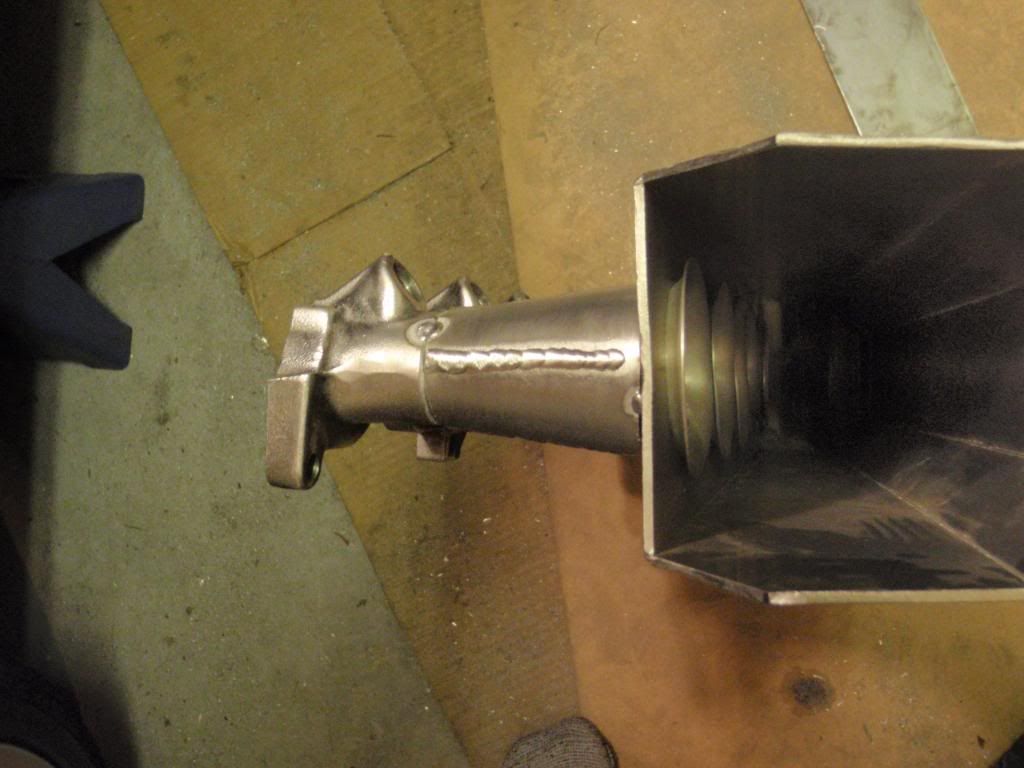That's a good idea - I'd love to have a spare cover. Neither if those cars were sold in the US - do you know the model engine used? Perhaps I can reference a US Chrysler product that used the same engine..
In the UK, Europe and most of the rest of the world these engines were only used in the Chrysler/ Talbot Sunbeam and the Hillman/ Chrysler/ Talbot Avenger 1300cc and 1600cc pushrod engines. These engines were never fitted to any other models, except for the Pekan that was built in Iran much later, but that is another story.... and they would never have gone to the US.
The UK built Sunbeam was never imported to the US either, but the Avenger model was (just before the fuel crisis) but badged as the Plymouth Cricket, but I don't think it was very successful in that market... bad timing.
It was however built both in Brazil and Argentina as the Dodge Polaris and Plymouth Cricket, and continued to be produced in Argentina for the ten years after VW buying the factory there from Chrysler right up until 1992 simply called the VW1500.
Funnily enough, here in the UK where these engines were originally built, we are currently arranging for a batch of these stat covers, now remanufactured in an alloy with a higher aluminium content, to be imported back over here via a contact in Argentina. If you have any contacts in South America there is a good chance that you could locate a few of these parts there.... they are very inepensive brand new.
Given the limited numbers imported into the US, and how long ago that would have been, I don't imagine that spares availability for these cars is very good now!
I discovered that this stat cover fitted and did the job on a whiteblock engine purely by chance, but perhaps there is another one that could do a similar job on another engine that is more common and more readily available for you?



